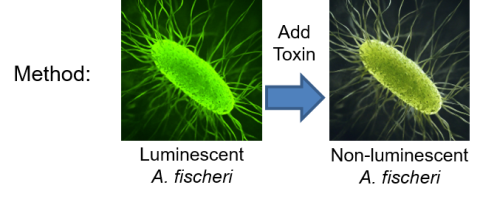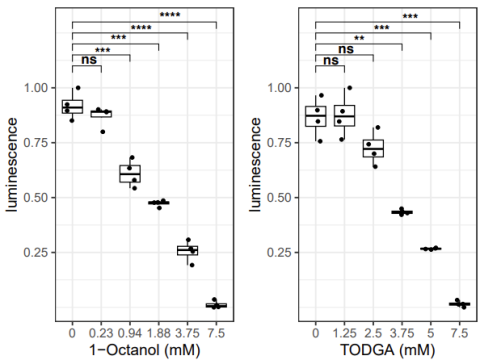
CMI researchers from Colorado School of Mines conducted the activity for this highlight
Innovation
Discovered solvents used in rare earth extraction and separations are more toxic to the environment than the extractants themselves.
Achievement
Evaluated the ecotoxicity of diglycolamide (DGA) extractants and the process relevant solvents Isopar-L and 1-Octanol using the organisms Daphnia magna (water flea) and Aliivibrio fischeri (bacterium). Isopar-L and 1-Octanol were more toxic than the DGAs when tested at equivalent concentrations.
Significance and Impact
- Substituting less toxic, yet effective solvents will lower the overall potential ecotoxicity impacts of emerging CMI technologies.
- Next steps: Evaluate the ecotoxicity of alternate solvents, solvent ratios, and the ‘status quo’ extractant PC88A.
Hub Target Addressed
- Minimizing hazardous chemical use and waste generation.
- Assessing economic, environmental & social acceptance impacts.

